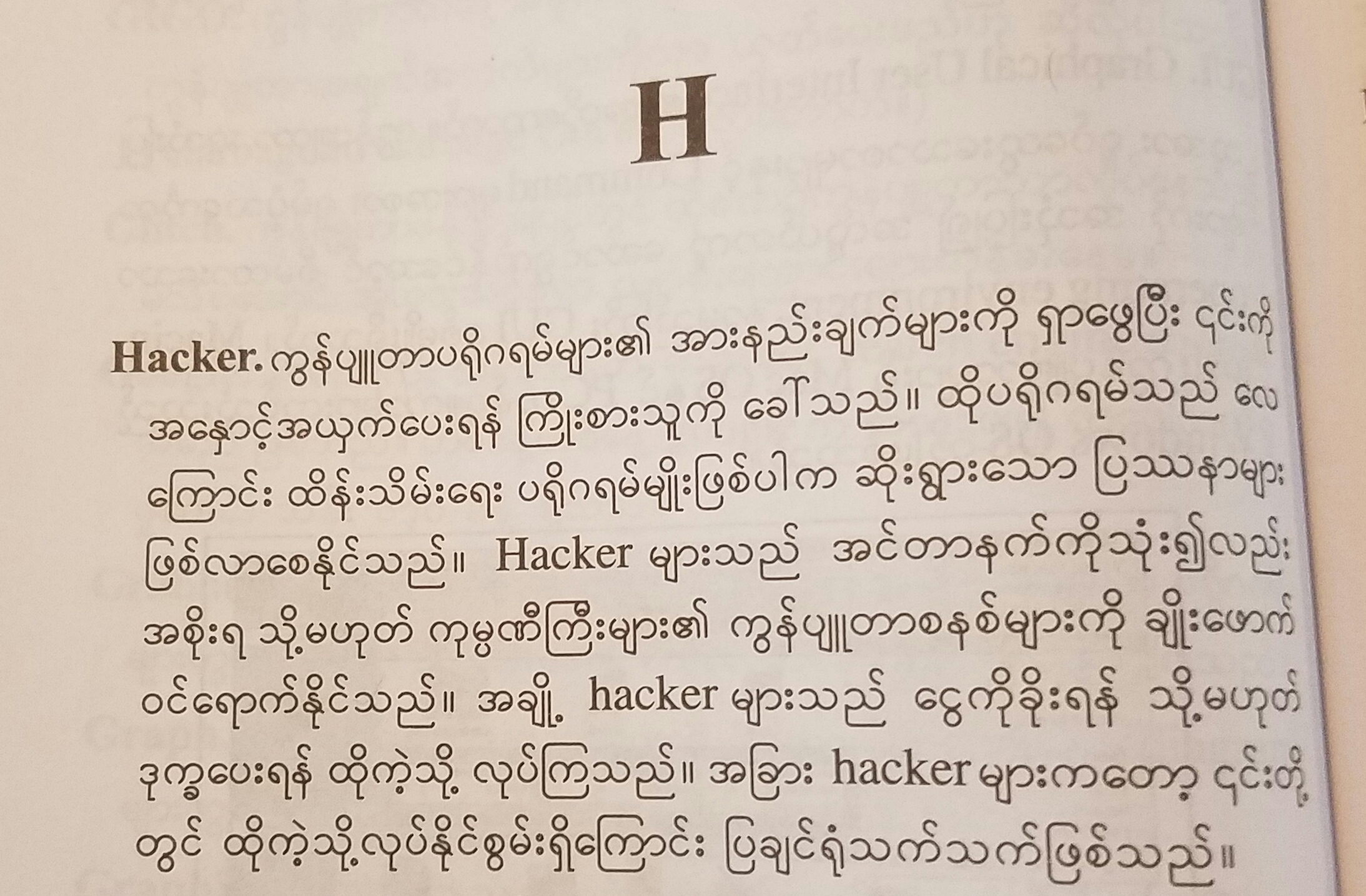AI
AI

AI

16 posts with this tag

AI



The rotary phones were a hit! Shout-out to V for help making the UX design smooth, and also finding an actual copy of The Mystery of Chimney Rock.



Bespoke Dial v2
Working on a new prototype in old timey automation. Time to breathe new life into these rotary phones.
It’s interesting to me the subtle differences in wiring over the years, especially in build quality between Bell (pre-breakup) and AT&T.
Excited to be able to get back into hardware hacking.
Must everything get worse as it gets old? Is planned obsolescence the law of the land? As a hacker with a 5 year old laptop, it’s easy to look at those with fancy new models with more than a little envy. However, I enjoy my current computer. Sure the battery life isn’t the greatest, but the only time I truly get hot and bothered is when my machine also gets hot and bothered — and throttled — severely liming the CPU and making your machine crawl.
The inescapable conclusion is that most imaginative occupations…are found today only in the circus or in the world of crime.



Hacker
Howdoi is a code search tool that has been used by countless developers, hacker schools, and students to help with common coding tasks. It was a pleasure to write and has dozens of contributors to the codebase on Github.
Recently howdoi was featured in Kenneth Reitz’s Hitchhiker’s Guide to Python published by O’Reilly. There is a section on writing great code that recommends reading others’ work to learn how to craft better code. I’m honored howdoi was chosen as an exemplary project.
The age of the algorithm is upon us and technical knowledge rules the day. However, without proper communication there is no opportunity for teaching and learning. At MIT I taught 6.UAT, an oral communication course that might as well by titled Teaching Nerds to Talk.
Here’s a classic video from a lecture where I explain the specifics behind peer-to-peer file sharing (think BitTorrent, Soulseek, Napster, and Kazaa). I’m surprised how well a 2008 talk holds up today, where P2P is still a large percentage of internet traffic.
This “modern fairy tale” from Xerox Films explores various advances in electronic music, circa 1972, as two enterprising musicians construct increasingly elaborate instruments to compete for the favor of a beautiful lady. The piece explores the various technologies behind the theremin, amplifiers, musique concrete, synthesizers, and multi-track recording. The twist ending is particularly prognostic of modern times.
The film is animated by Stephen Bosustow, who is also responsible for Mr. Magoo, the excellent Freedom River (1972, narrated by Orson Welles) and The Legend of Sleepy Hollow (1972, with the voice of John Carradine).
Around 1,800 BCE, the world’s first known algorithms were exquisitely impressed on clay tablets by Babylonians living along the Tigris and Euphrates rivers. To mark their novel creation, the earliest algorithmistsstamped their works with the phrase “This is the procedure,” marking a critical turning point in the history of civilization.
Thousands of years later, those seminal algorithms have evolved into beautiful, living works with the ability to reach into our hearts, minds, and bodies. Alongside them, technologists themselves have risen as a powerful new creative class, sculpting imaginative, provocative algorithms expressed in today’s most dynamic and abundant raw material: pure code.
Is identification required when flying on a domestic flight? This post is a recap of my experience trying to answer this question.
Our story begins in late 2008 when Nick Semenkovich, then News Editor of MIT’s The Tech, told me that a government issued ID was not required to fly on domestic flights. A bit of research uncovered Gilmore v. Gonzales, a 2007 case involving EFF co-founder John Gilmore that questioned the constitutionality of ID requirements when boarding a domestic flight. The court held that neither the identification policy nor its application to Gilmore violated Gilmore’s constitutional rights since refusing to show identification merely triggered a more thorough “secondary screening.” However, this seemed to suggest that identification is never required for domestic flights as long as you submit to additional screening.
The Southwest Airlines boarding process has a rich and colorful history. Bucking the industry standard of providing assigned seats in different cabins, Southwest has historically offered an “open seating” policy that favors an assigned boarding order to determine who is first to enter the plane and choose a seat. Beginning 24 hours before a flight’s departure, passengers are arranged into groups (A1-A60, B1-B60, and C1-?) according to a formula determined by Southwest:
Software development affords a great deal of freedom that you won’t find in the physical sciences and engineering. Tolerances, non-ideal particles, and even the laws of physics fall away as you construct ever larger digital systems. As Hal Abelson noted in his seminal 6.001 lecture, “in building a large program there’s not that much difference between what [you] can build and what [you] can imagine.”
It is always refreshing, therefore, to escape the cerebral world of code and return to the reassuringly palpable realm of the physical. Hardware and electronics, although bound by the laws of Newton and Maxwell, are instantly accessible solely because they can be touched and held by the user.
In the beginning of a project it is common to cut corners to save time. Security is often the first to be sacrificed because you might not be dealing with terribly sensitive information and who really wants to hack your crowd-sourced “Netflix for knives” pinterest-clone, anyway?
However, there are some poor security decisions I’ve been alarmed to discover recently on a number of websites. These sites that I use and enjoy have made the cardinal sin of storing passwords in plain text in Javascript. This is a Bad Idea® for a number of reasons and no amount of https is going to save you.

Hackers and Brunchers: Big Ideas from the Little Island
In the spirit of the Olympics, this Sunday Alameda played host to some of the best technologists, thinkers, and makers in the Bay Area for the first Hacker Brunch. An extension of Hacker Dinners, the brunch cast a wider net and included guests from as far as Germany.
On Saturday was the second meeting of OxBiz, a casual, improvisational ideas group. The photo is kickstarter-funded camping hammock strung up at the park.